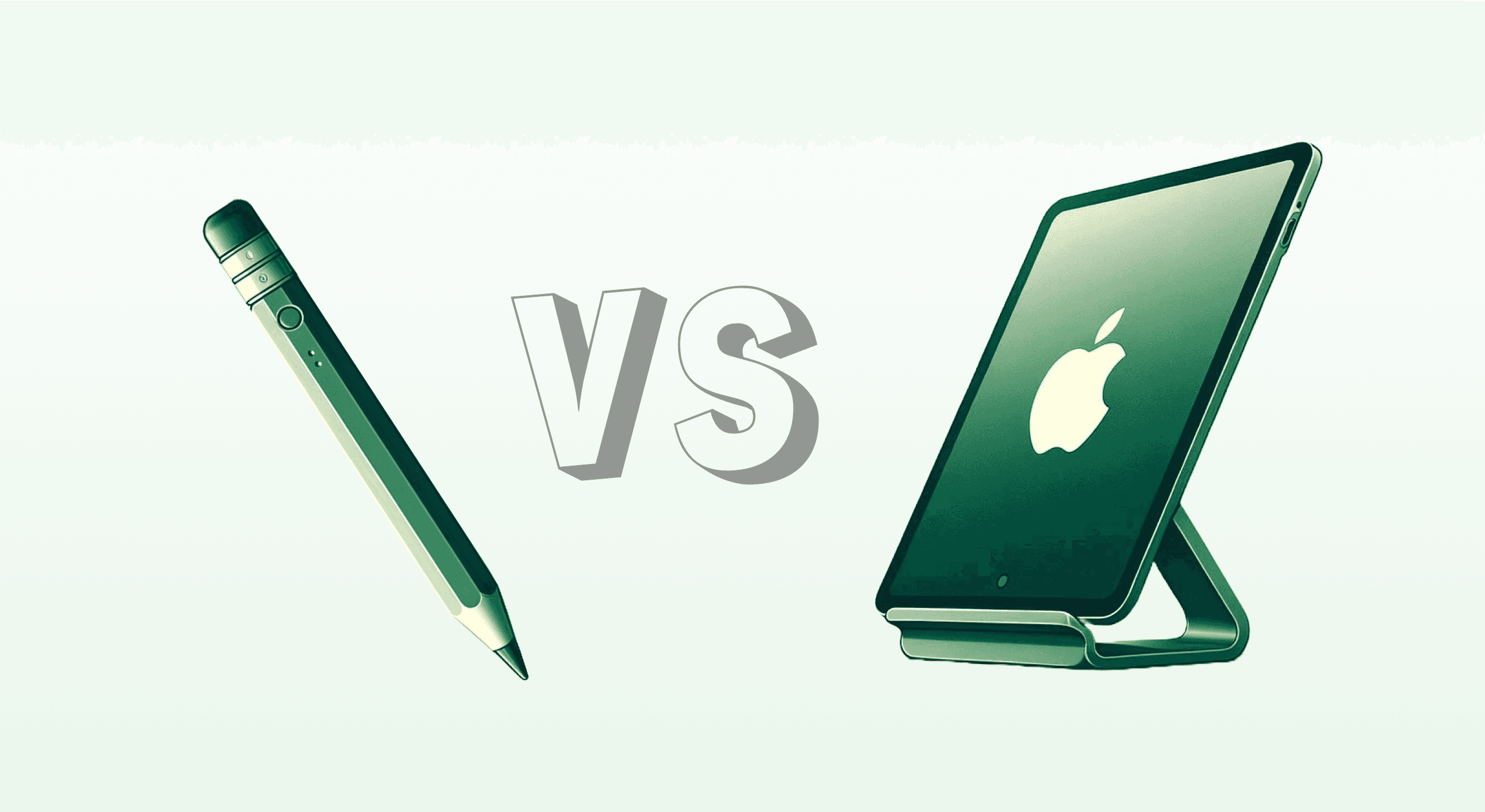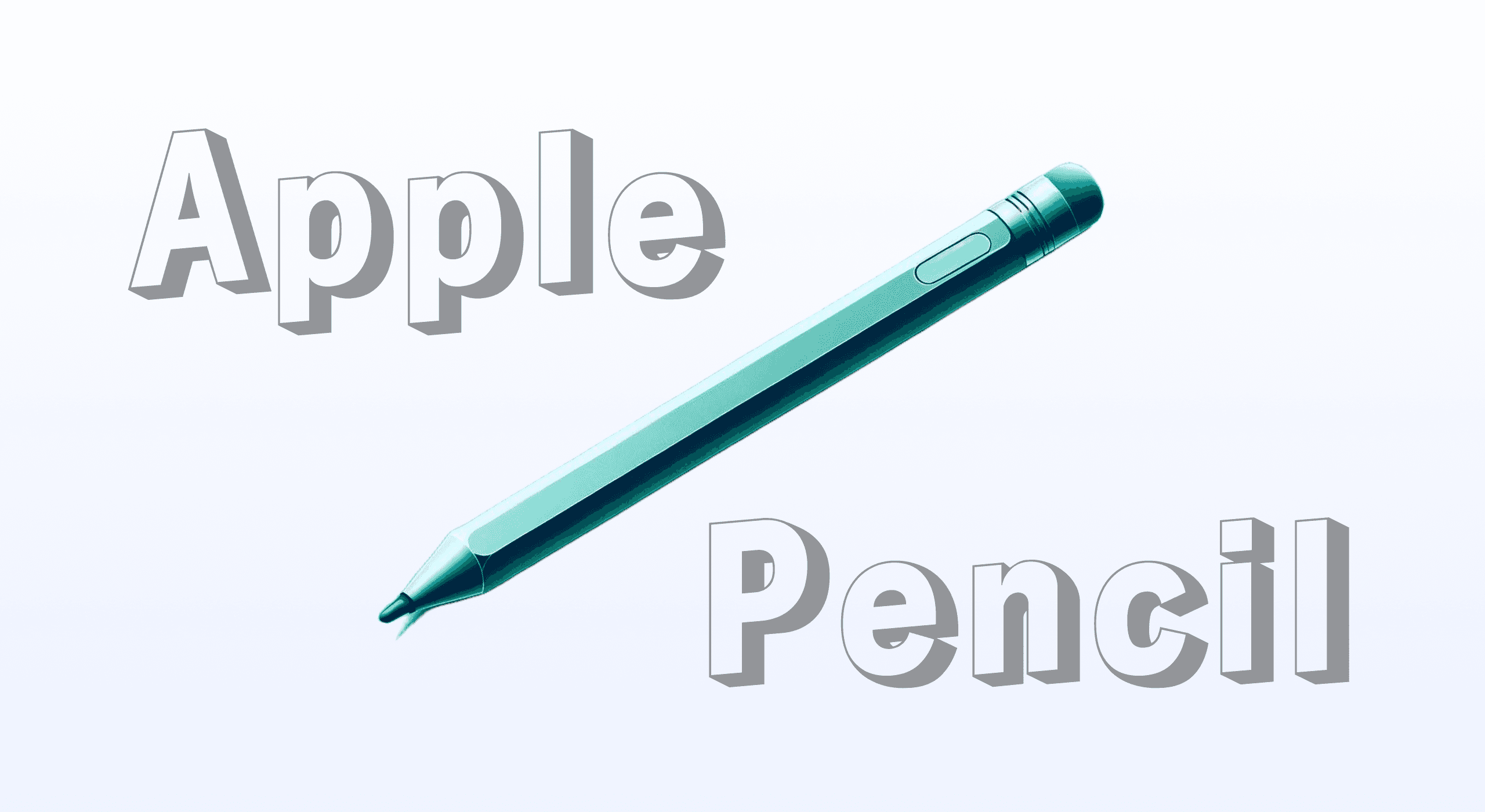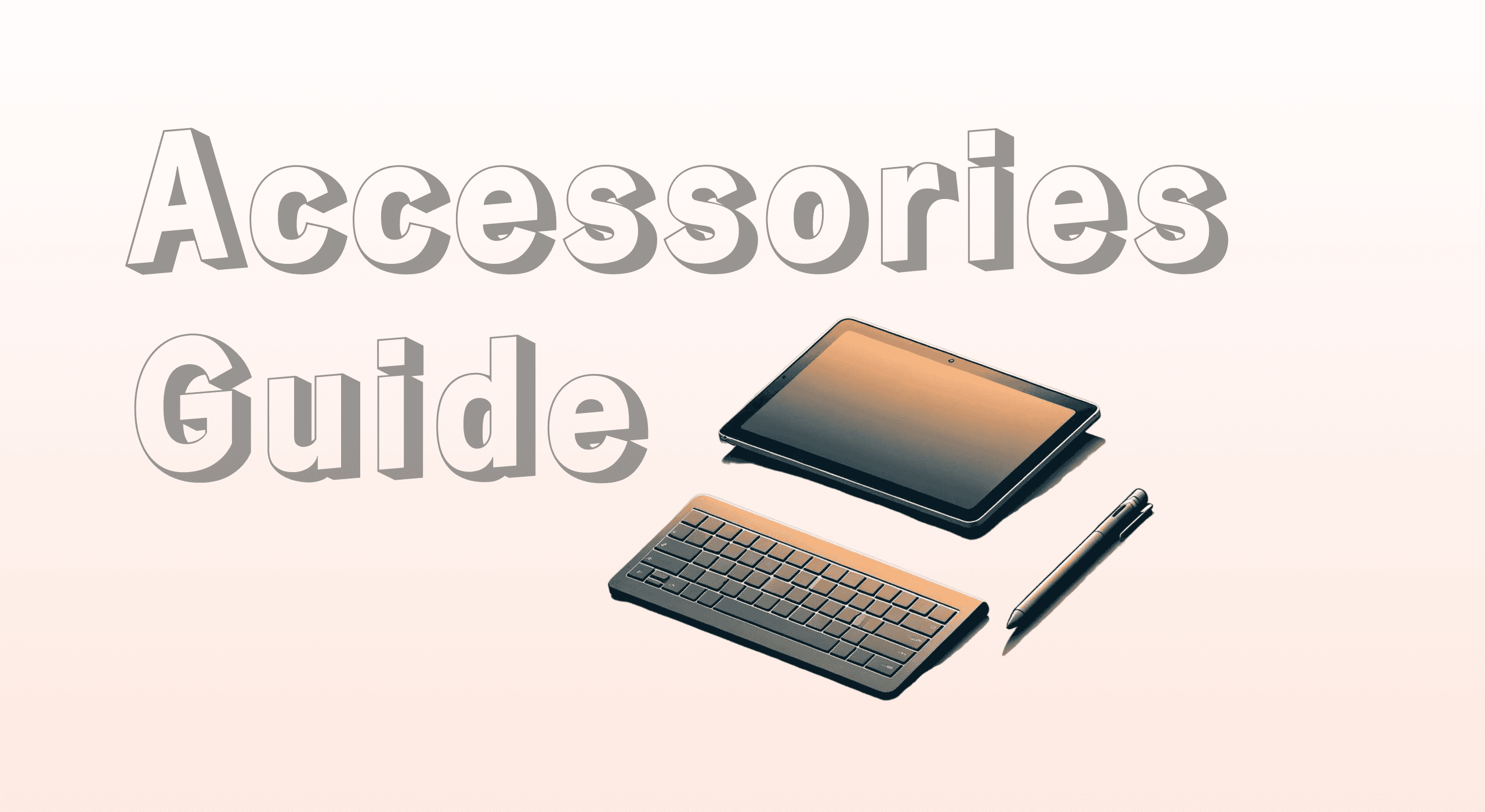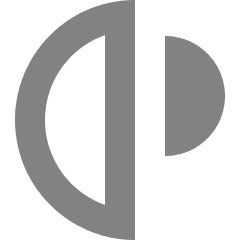Digital planning has become increasingly popular as more people turn to technology to organize their lives. Whether it's through apps, tablets, or online tools, digital planning offers a modern way to manage schedules, tasks, and projects. But, like all productivity methods, digital planning has its advantages and disadvantages. In this blog, we'll explore the pros and cons to help you decide if digital planning is the right choice for you.
What is a digital planner all about?
Think of it as a digital version of your classic journal. With apps like GoodNotes, Notability and Noteful you can have your planner act just like the old-school one, but with perks. If you're using an Apple Pencil, don't miss our Apple Pencil tips for iPad users to get the most out of your setup.
What about simply erasing something from your monthly, weekly, and daily pages without making a mess in your physical planner? Templates, digital stickers, and colorful pens making it fun and personal while achieving your goals. If you want to learn more about using these planners, there is a lot to discover in digital planning.
Pros and cons of a digital planner
Digital planners are all about making life easier and more organized, but as any product they have their ups and downs. Many people choose digital planners because they are popular. Some people are hesitant to switch to digital planners. Let's explore the reasons behind these choices.
The pros of digital planning
Digital planning has numerous benefits, particularly for those who are already tech-savvy or looking to streamline their organization. Here are some key advantages:
1. Accessibility and convenience
One of the primary benefits of digital planning is that it’s always accessible. Whether you're at home, work, or on the go, your planner can be with you at all times on your smartphone, tablet, or laptop. This flexibility allows you to quickly update tasks, set reminders, or review your schedule without needing to carry around a physical planner.
2. Customization options
Unlike traditional planners, digital planning tools offer a range of customization options. You can choose from a variety of templates, themes, and layouts to suit your style. You can even create custom categories and labels to organize tasks in a way that makes sense to you. Learn more about how to use hyperlinks in GoodNotes 6 to navigate your notes and tasks more efficiently.
3. Integration with other tools
Another significant advantage of digital planning is its ability to integrate with other productivity tools. Many digital planners can sync with your calendar, task manager, email, and even smart devices like Google Assistant or Amazon Alexa. This integration can save time by consolidating all of your organizational needs into one system. For the best tools and gadgets to enhance your experience, see our ultimate iPad accessories guide.
4. Environmental impact
Going digital also has an environmental benefit—by choosing a digital planner, you're reducing the need for paper. Traditional paper planners require production resources, including trees and water, whereas a digital planner is eco-friendly and reusable year after year.
5. Backup and security
Most digital planning tools automatically back up your data to the cloud, meaning your schedule and tasks are safe even if you lose your device. This security is a huge advantage over traditional planners, which can be lost, damaged, or misplaced.
What are the cons of digital planning
While digital planning offers many benefits, it's not without its drawbacks. Here are some cons to consider:
1. Screen time overload
For those already spending most of their day in front of screens, digital planning can add to screen time fatigue. Excessive screen exposure can cause eye strain, headaches, and a general sense of burnout. If you prefer to limit your digital exposure, this might be a downside.
2. Learning curve
Digital planners often come with a learning curve. If you're not familiar with certain apps or platforms, it can take time to get comfortable navigating them. Additionally, customizing your planner may require additional steps or technical know-how that could frustrate those who prefer a simple pen-and-paper approach.
3. Dependence on technology
A significant downside of digital planning is its reliance on technology. If your device runs out of battery, breaks, or malfunctions, you could lose access to your planner when you need it most. Additionally, technical glitches or software issues can cause frustration and disrupt your productivity.
4. Subscription costs
While many digital planning tools are free or offer free versions, some require a subscription for full access to premium features. Over time, these costs can add up, especially if you're using multiple digital tools. In contrast, a traditional paper planner is a one-time purchase.
Who should consider switching to a digital planner?
If you love staying organized but you feel a bit restricted with traditional planners, a digital planner could be just what you need. Here's a helpful guide on how to transition from paper to digital planning. A digital planner offers the flexibility to customize your planning experience. Whether it's adding new pages, rearranging tasks, or using multimedia like images and links.
Digital planning is ideal for those who are always on the go, as you can access your entire planning system on your iPad. And if sustainability is important to you, switching to a digital planner reduces paper waste and provides an eco-friendly way to stay organized.
Summary
The shift to digital planning might feel like a huge one. And it does indeed come with some challenges, like any new tech. But the long term payoff in terms of customization, ease, and eco-friendliness is huge.
Digital planning is a fun way to use technology for organising in your daily life. If you're curious and want to explore digital planning further, read more about it on our digital planning info page. It doesn't matter if you're experienced or new to using them. They can help you stay organized and on top of your tasks. Digital planners offer a convenient and efficient way to plan your day and keep track of important events.



